Africa is a continent that contains, so to speak. Composed by 54 countries, each region presents climate particularities that will provide a unique glow to the adventure to be experienced on the saddle. In this note, we will describe the damp and dry seasons of each region.
The Best Season For a Horseback Safari Tour.
Matias Carrillat
14 July 2020
No Comments
What is the best time to go on a horseback safari?
As it has been mentioned before, the best season to embark on a safari tour around Africa is always now. In our vast and diverse catalogue of excursions, you will find that any month may turn out to be ideal to go on a safari, as the seasons vary in southern and eastern Africa. There are no better or worst seasons, they are just different.
However, it is true that some destinations and, therefore, adventures, are capable of being experienced only in certain seasons due to the climate and disposition of the fauna. It will all depend on the country you want to visit and the treasures you wish to find. We understand that the calendar plays an important role when organizing this kind of trip.
Firstly, you need to understand that Africa is a large continent, comprised of 54 very different countries. Therefore, we cannot simply talk about a general climate in the whole territory. Spring, summer, autumn and winter are only states of mind of its inhabitants since the seasons of the African continent do not follow the same pattern as the rest of the world.
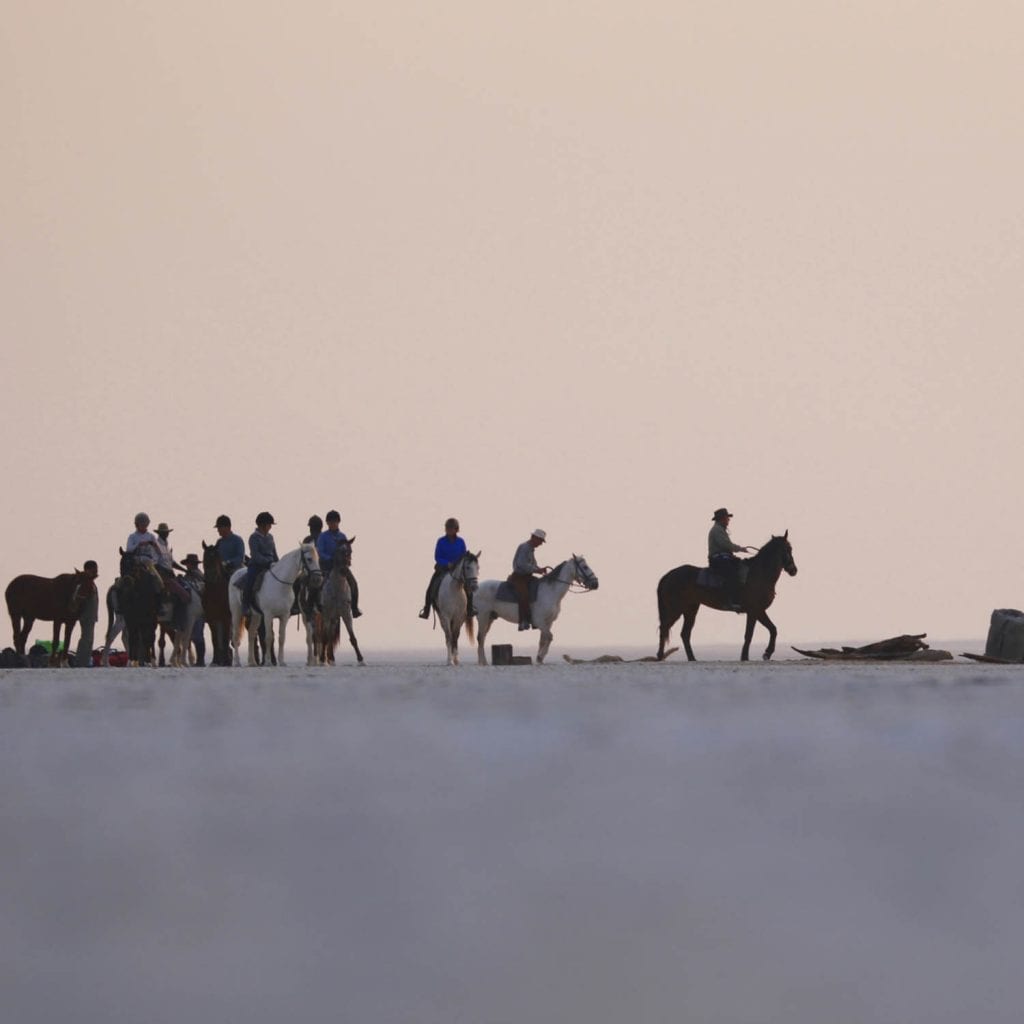
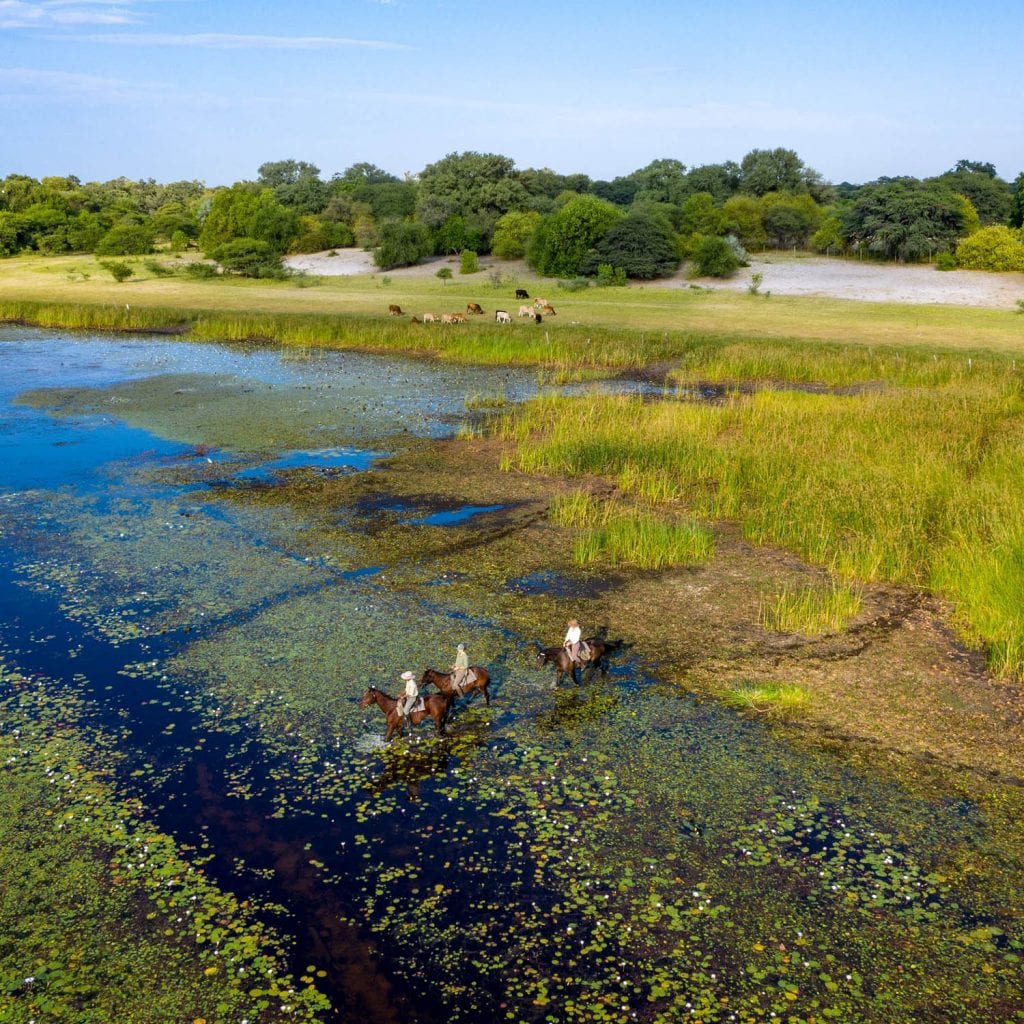
The best season for a horseback safari in South Africa.
Damp season: from October to April.
During the first months, October and November, rain tends to appear gradually, and the temperatures remain in the same intermediate range, with warm days and cool nights. The peak of this season occurs during December, January, and February, characterized for being the dampest months of the year, with heavy rains during the afternoons and temperatures that reach 30° C during the day. Even though temperatures may be high, and humidity may increase our warmth sensation, the first hours in the mornings are always cool, that is why we will need a jacket to go on the adventure.
In March and April, rains start to decrease, and the temperature starts to drop gradually, which means that we will find a friendlier climate with clearer skies. Although the drop in temperatures is felt more during the evenings, the minimum does not go below 15° C, thus, not affecting your chance to enjoy adventure.
Still, we should highlight that the region of Cape Town presents an outstanding climate given that, as opposed to what happens in the rest of the south of Africa, its rainy season is during winter, which makes the damp season the ideal one for a luxury holiday surrounded by the beach.
Dry season: from May to September.
This season is ideal to visit natural parks and enjoy activities on the open air. Chances of encountering rains are low, and humidity is almost unperceivable, which enables wildlife to flourish as it searches basins and water sources.
In principle, May indicates the end of the summer, with temperatures that will decrease their range between 10° and 26° C. Then, its key months are June, July, and August that, even though they present low temperatures that go around 6° C during the evening, they will grant us mild afternoons with temperatures ranging between 23° and 25° C. People usually say that during these months, you can experience the four seasons on the same day. Finally, in September (and maybe the beginning of October) the heat increases gradually, and the first rains make the savannah recover its former green.
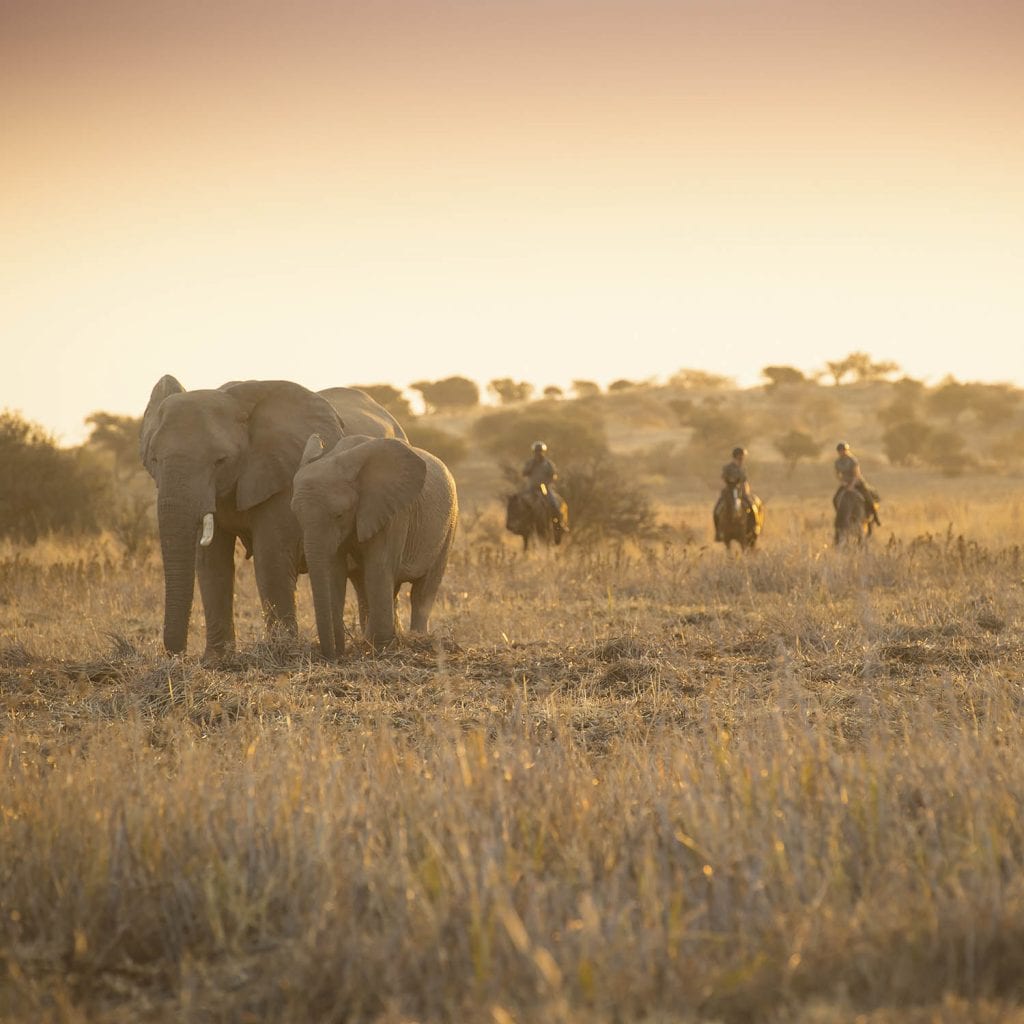
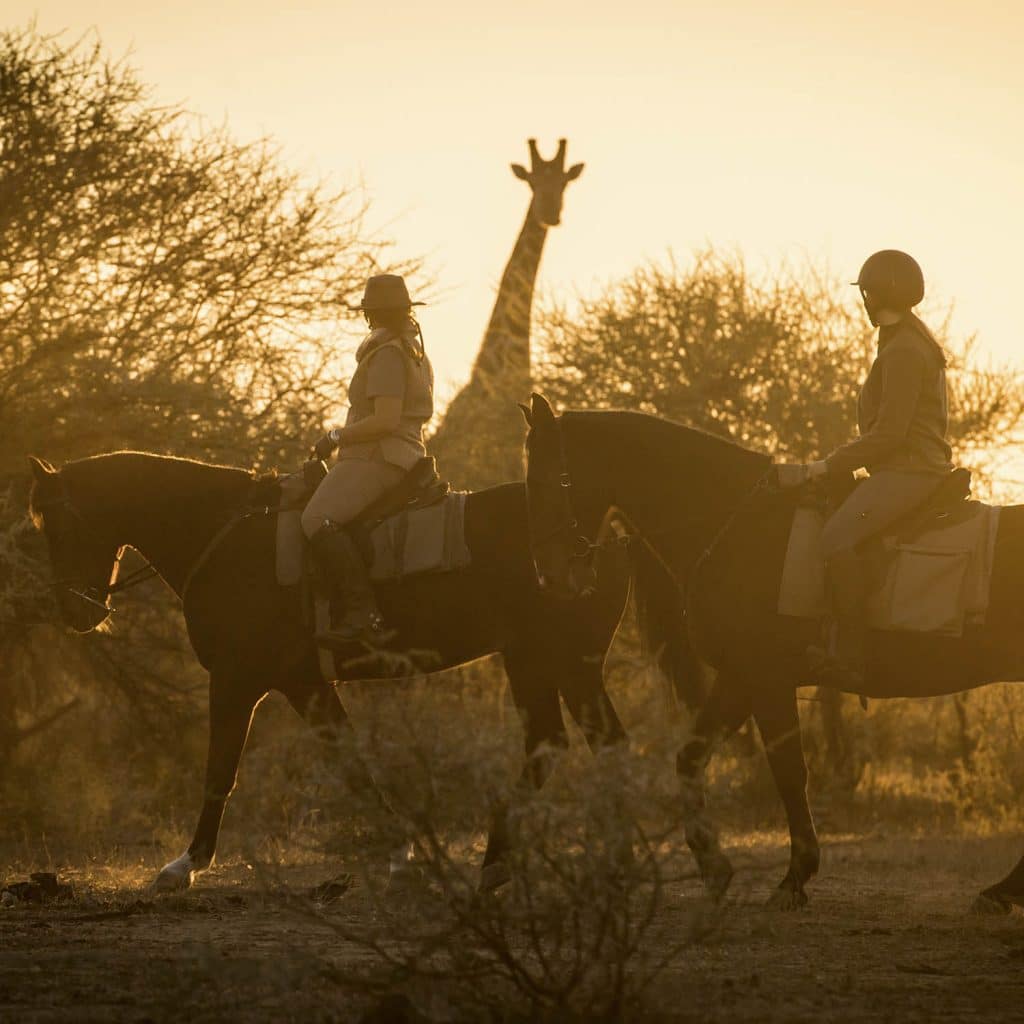
The best season for a horseback safari in Namibia and Botswana
The climate in both countries is desertic and subtropical, characterized by drastic changes in temperature between day and night. Being mostly surrounded by the desert, they possess one of the driest climates in the world. Although they are not exempted from a rainy season -which is very brief-, humidity is found only in centric areas, while the magic desert retains its aridity.
Damp season: from November to April.
During the first month, temperatures will be highly warm, with an average of 30° C during the day. However, there is not too much humidity and clouds tend to accumulate during the afternoons. December will bring the first rains, ceasing during January and February, with temperatures reaching peaks of 40° C in the desert. Rain usually appears during the afternoons, while the mornings are clear and bright.
In March, rainfalls tend to appear less often until they stop at the end of April. Nights tend to get cooler, and we can enjoy friendlier temperatures between 25° and 30° C.
Dry season: from May to October
Rainfalls are unusual over this season, which makes wild fauna wander more frequently across the territory below the open sky, in a constant search for water. This sets the mood to go on a horseback safari in Namibia.
When the summer ends, May gives us a nice weather and a clear sky together with the greens resulting from the rainfalls on previous months. In June, the nights turn to be colder, reaching only 10° C. You should take into account that in the desert, in its immensity and exposition, everything seems to be excessive: the temperatures, the cold winter nights -which can be glacial- , the very hot summer, with temperatures reaching 40° C when the sun is up high.
In July and August, main winter months, the sky can surprise us with downpours and rainfalls. Although it may seem interesting to witness that paradoxical damp atmosphere in the middle of the desert, not finding a place to shelter from the storms during long periods of the horseback ride may be an issue.
Finally, September and October are considered the best months to embark on an adventure in the desert. Temperatures are not as high as they are in summer and the cold during the early mornings eases. Besides, we can take advantage of the last remains of green that appeared due to the rains before November dries them again.
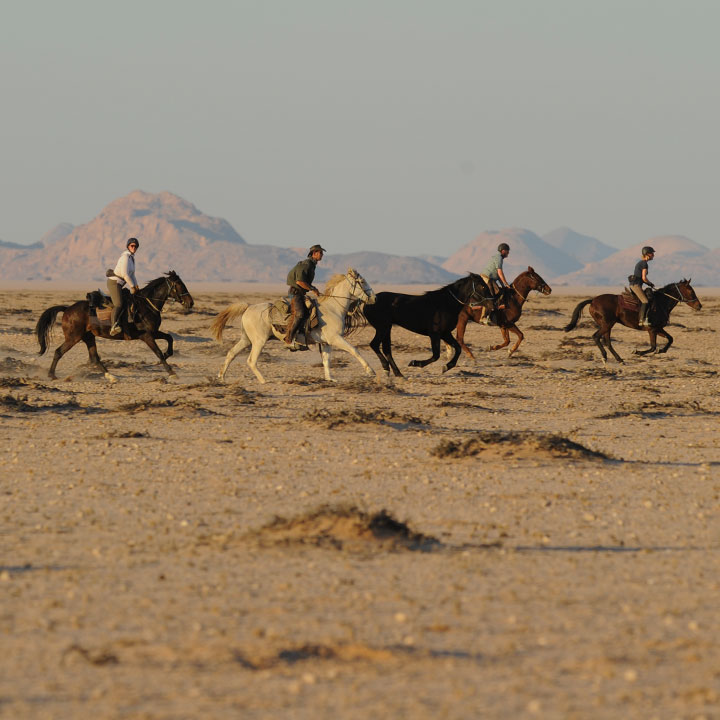
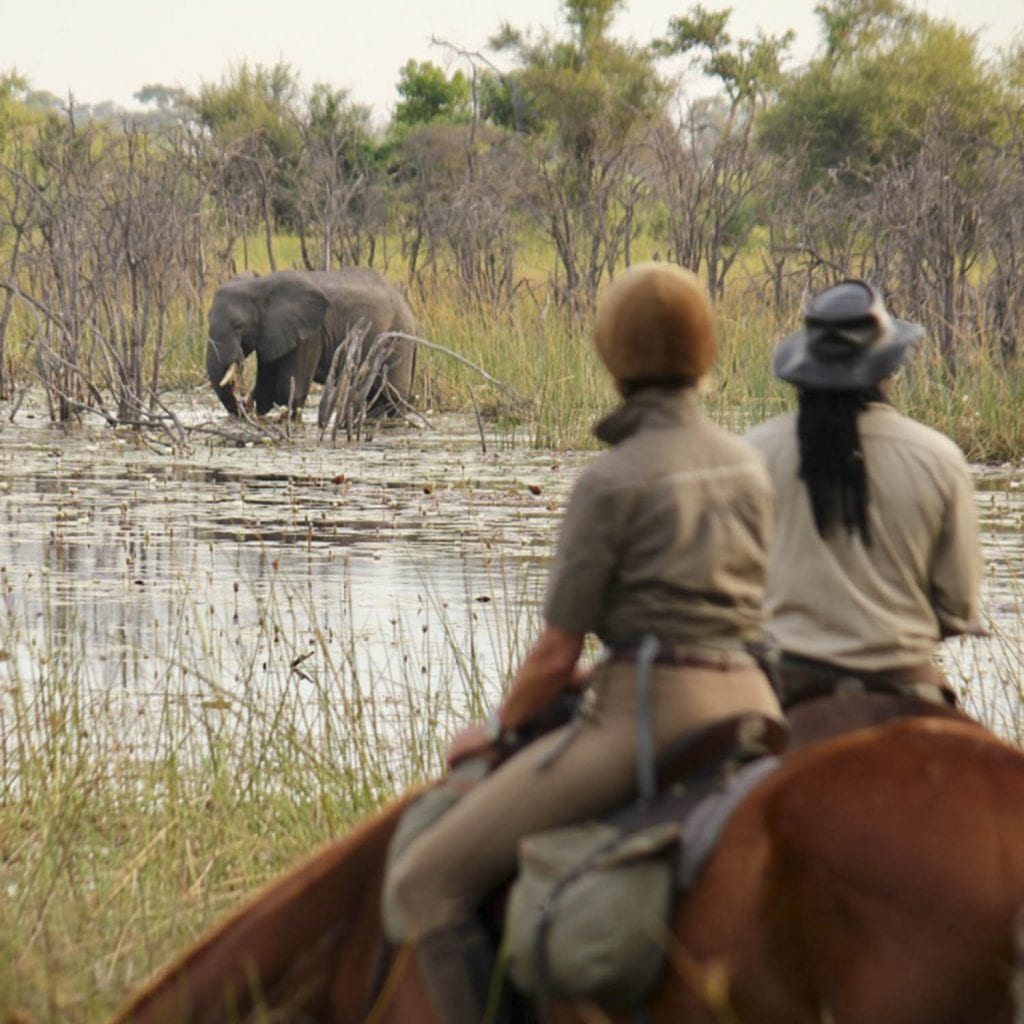
The best season for a Horseback Safari in Kenya, Tanzania, and Uganda
For being neighbouring countries and being located in very proximate latitudes, these three countries can be grouped in the same climate region. Being near the Equator, they present tropical and nice temperatures all year round These are very warm areas, and their weather varies mainly due to the influence of the winds coming from the Indic Ocean. In this way, we can find ourselves under a rainfall that, in an hour, will just turn into a memory since the sun will dry the whole territory.
Damp season: from November to May
In the two first months of this seasons, “short rain” will start to appear. It is not easy to predict when they will appear, but we should take into account that we may have to spend several days under mild, yet, never ending rains. Nevertheless, this will end in the following months, being January and February good months to make the most of the parks located in the north, with their vegetation in all its splendour, and embark on a horseback safari.
Then, the months of March, April, and May represent the period called “long rainfalls”. These are the dampest months of the year when rain may fall heavily almost every day. During this season, clouds over the sky prevail on the northern area.
Dry season: from June to October
During the winter, rain and humidity tend to be scarce. In the afternoon, temperatures fluctuate in the range of 20° C, depending on the altitude and the area where we are. The sky is almost clear in these months, with a sun that points out the path towards animals that are close. However, the cold is more noticeable during the evenings, when we will need a good cover to protect us. Luckily, we provide accommodation with all necessary amenities to prevent you from suffering too much cold or hot.
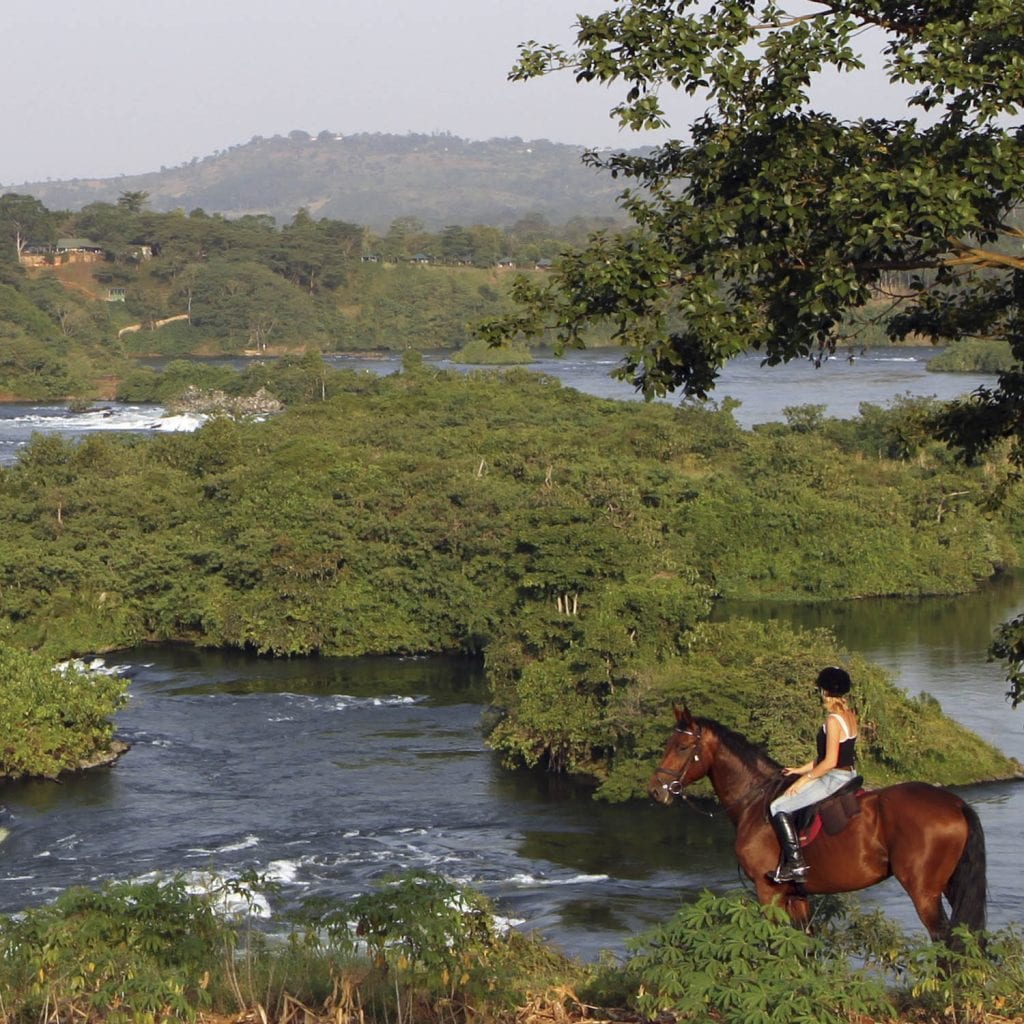
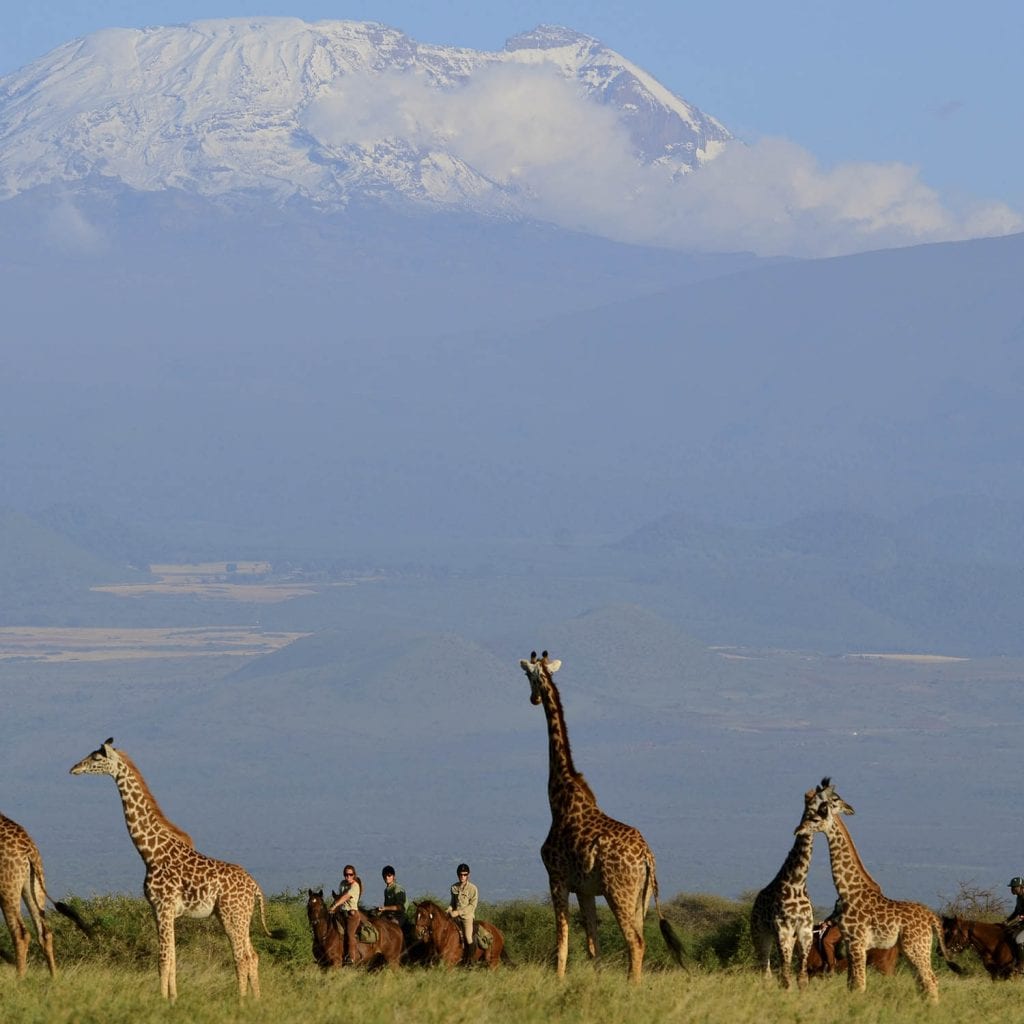
The best time for a Horseback Safari in Mozambique.
This is the country closer to the Equator, therefore, temperatures tend to remain the same, and the ocean current with its tropical breeze ensures that any time of the year is perfect for embarking on a horseback safari tour in the land that represent a real challenge for experienced riders, Mozambique.
Damp season: from November to April
With temperatures almost constant that range from 28° to 24° C, day and night, November and December are the best months to enjoy Mozambique’s paradisiacal beaches. Further on, in January and February, the heat increases, reaching 40° C on its warmest days. However, heat brings humidity with it, which means we must be prepared to face possible rains and fog during the afternoons, although during the rest of the day we will enjoy several hours of sun.
With fast approaching high temperatures, March and April mark the end of the fluvial season. During these months, we find the ground covered with fresh grass and green meadows. Yet, there is still a chance of encountering sporadic rainfalls that can last even days.
Dry season: from May to October.
Along these months, rains are almost non-existent. The sun rises every day and humidity decreases during the “colder” months, which mainly means cool evenings, while temperatures during the day can reach 30° C. Despite presenting an ideal weather at all times, July is considered the best month to embark on a horseback safari tour. With cold mornings and mild afternoons, we can go on an adventure without having to suffer excessive heat.

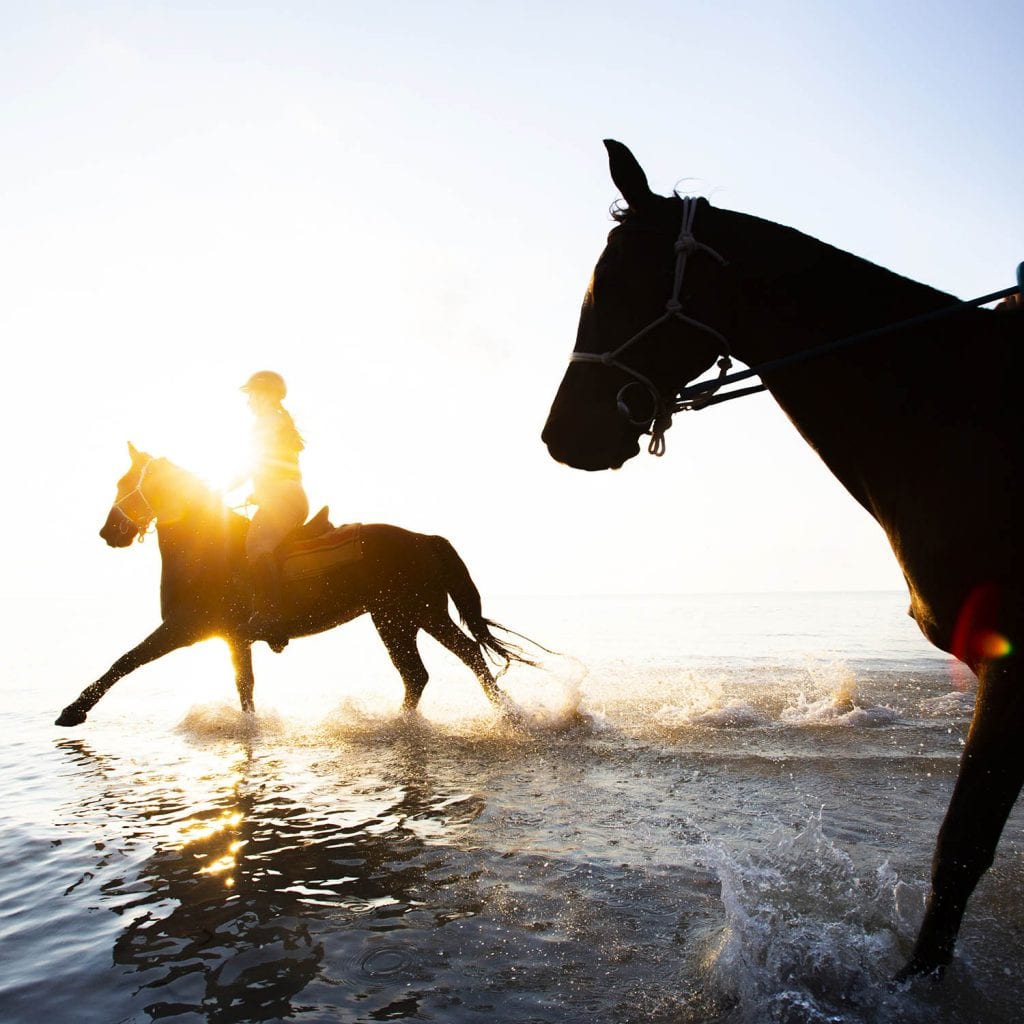
The best season for a Horseback Safari in Egypt.
North Africa has an arid desert climate, with high temperatures and scarce rainfalls. Still, nights on the mountain or in the middle of the desert can reach temperatures below freezing, a detail that is noticeable in horseback ridings such as Phantoms of the Desert. For this reason, it is more accurate to consider climates according to the characteristics of each region.
Being located on the other hemisphere, seasons are opposite to the other regions previously described (except for Kenya and Uganda that present no great fluctuations among their seasons for being close to the Equator). Still, the damp season occurs from November to April, and the dry season, in turn, occurs from May to October. Therefore, the rainfall season coincides with winter, and the dry season with summer.
The main difference occurs in the coastal region, with temperatures ranging between 37° and 14° C, and in the desert, where we find a great thermal amplitude -temperatures here can range from 46° C during the day to 6° C in the night. In turn, in the urban area, although the gap is reduced, the heat becomes suffocating due to the lack of humidity. For this reason, the summer months are not highly recommended for traveling, although the Red Sea coast with its cool beach breeze is the exception to the rule.
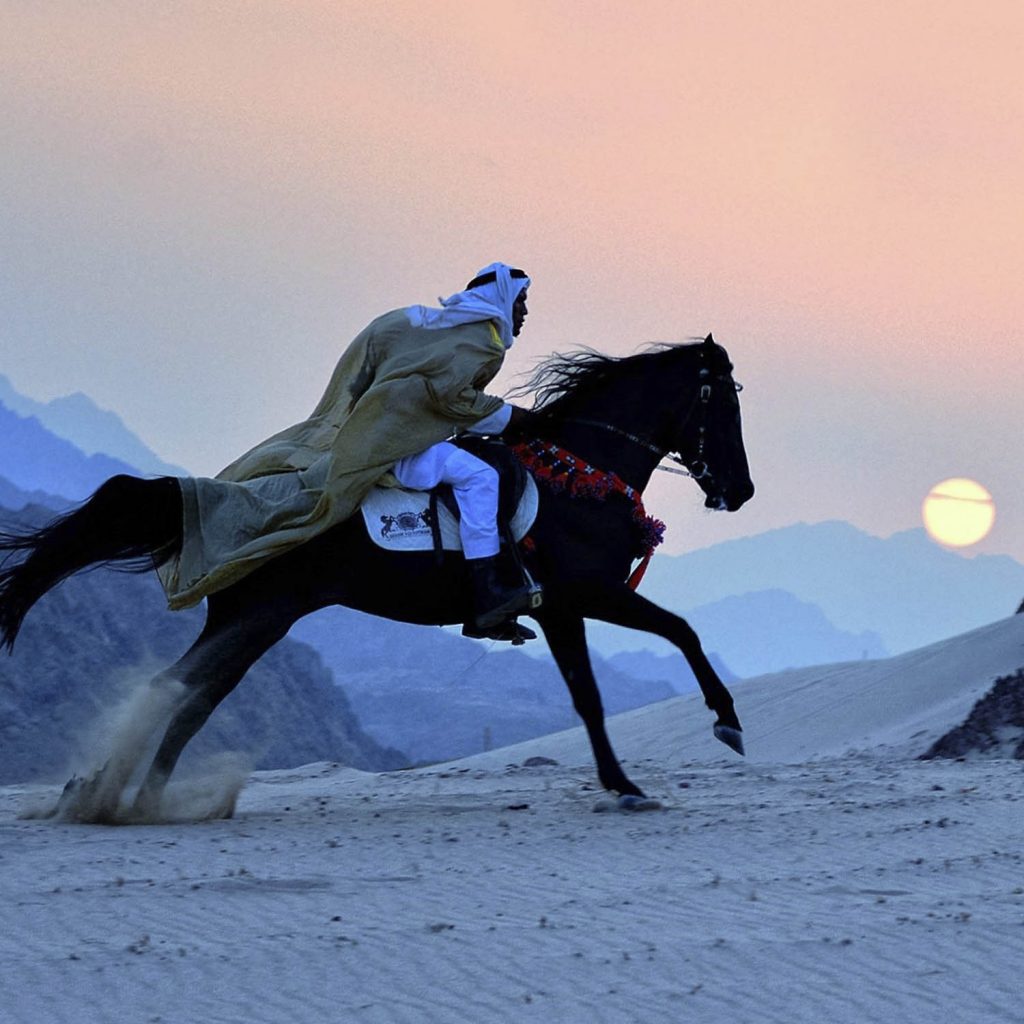
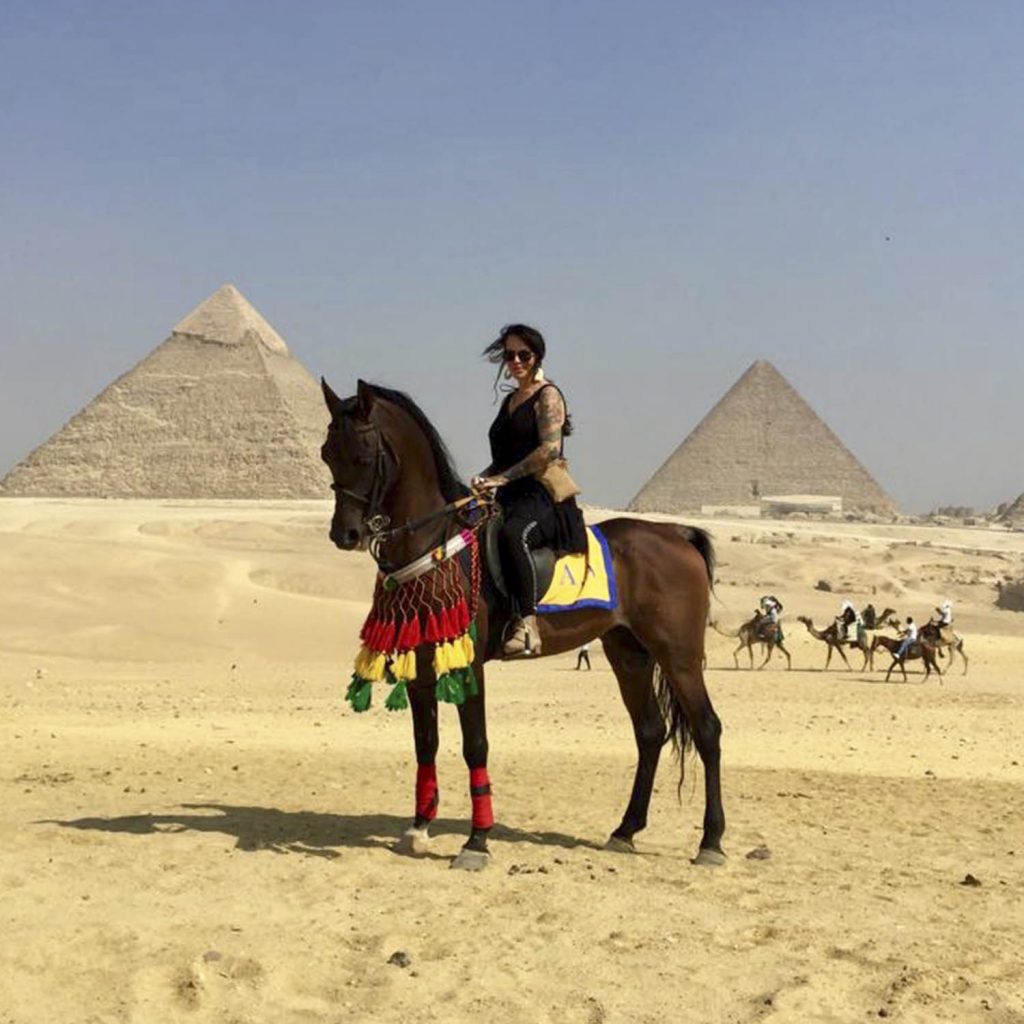
All in all, the best seasons to visit this beautiful sea of sand are the months of March to May and September to November, given that the temperatures are mild and do not change so aggressively from evening to morning.


Leave a Reply